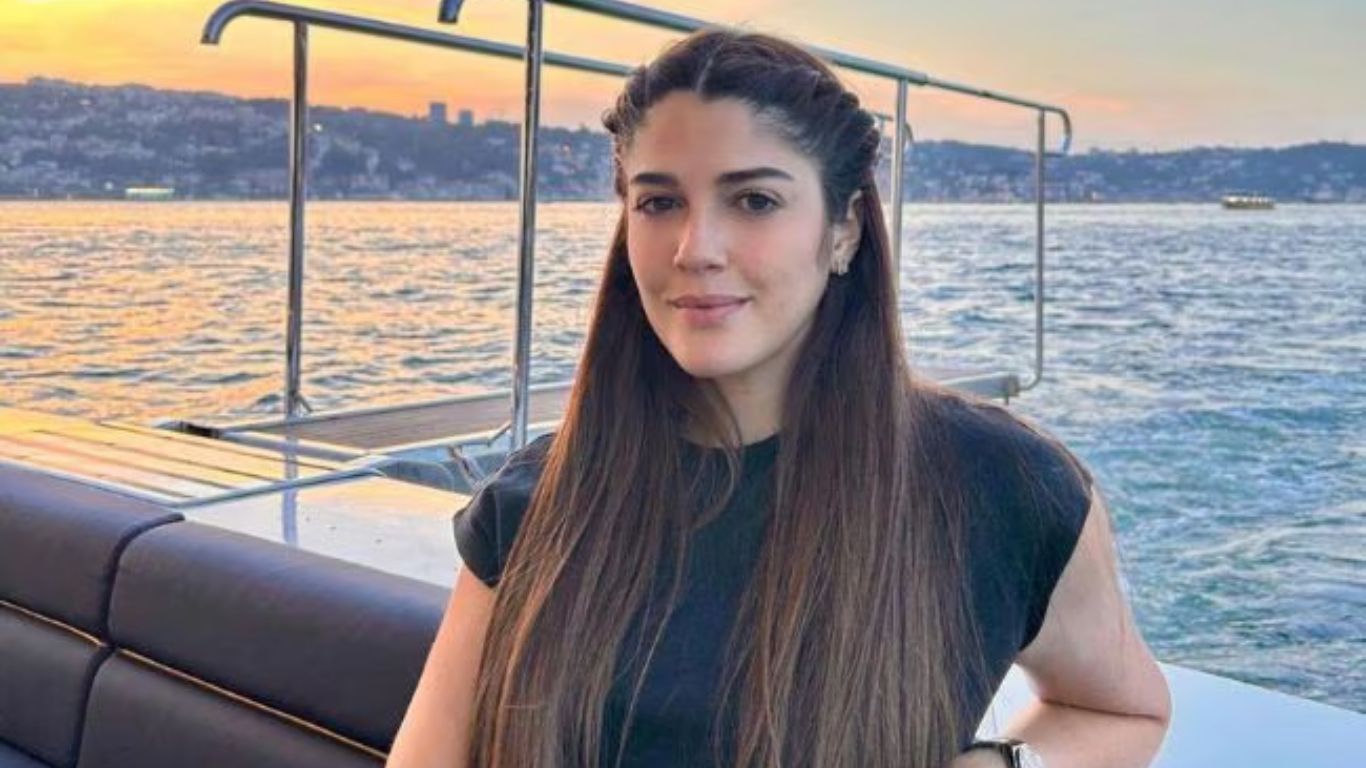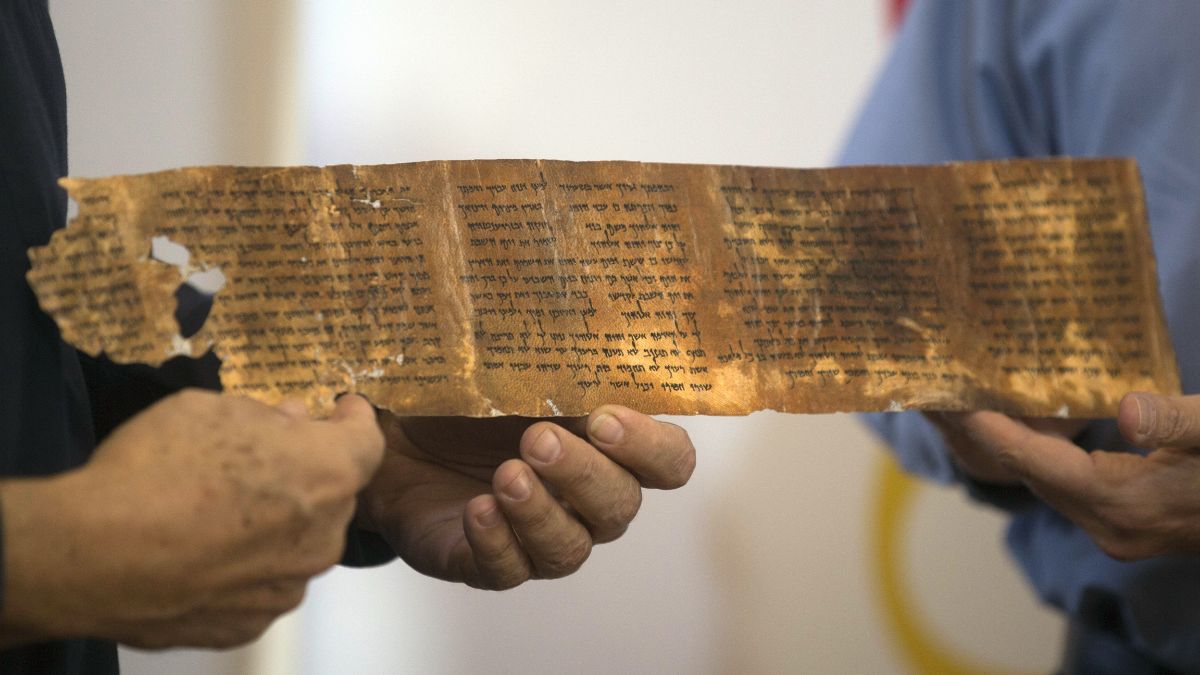Picture this: a dusty village street in Punjab, Pakistan, or maybe Uttar Pradesh, India, or in Dhaka, Bangladesh. The sun’s dipping low, the air smells of sewai simmering on a stove, and a handful of kids scamper around, chasing Eidi coins. It’s Eid ul Fitr, the big bash after Ramadan—except half the chairs at the feast are empty. The young blood’s bolted—off to Dubai, Delhi, Dhaka, or wherever the jobs are. What’s left? Old-timers, kids, and a stubborn grip on tradition that’s equal parts eerie and heartbreaking. I’ve sniffed around these ghost towns—migration’s hollowed them out, but damned if they don’t still throw a party. Here’s the scoop.
The Exodus: Where’d Everybody Go?
Let’s start with the bleed-out. In places like Punjab—both sides of the border—villages are shedding people faster than a dog shakes off fleas. The World Bank pegs India’s migrant count at 18 million abroad, with Pakistan not far behind at 6 million (check the stats). Young folks—20s, 30s, the muscle of any community—chase cash in the Gulf or cram into city slums like Delhi’s. Why? Village life’s a grind—farming’s dried up, jobs are a myth, and the promise of dirhams or rupees glitters brighter than any crescent moon.
Take Bhaun, a speck in Pakistan’s Punjab. A decade ago, it buzzed with 5,000 souls. Now? Maybe 2,000, mostly gray-haired or gap-toothed kids. The rest wire money from Dubai’s construction sites. India’s got its own version—think eastern UP, where every second house has a son in Mumbai or a daughter in Qatar. “They left to eat,” a granny in Lahore told me over a crackly X call, her voice half-resigned, half-proud. She’s not wrong—remittances prop up these places, but they’re shells now.
Eid Anyway: Half-Feasts and Full Hearts
So, Eid rolls in. Chaand Raat—the moon-sighting night—used to be a riot: lanterns, laughter, the whole village out. Now? It’s a whisper. In a hamlet near Faisalabad, I heard about an old guy, Baba Aslam, stringing up fairy lights alone—his sons are in Riyadh, his daughters-in-law too. The kids help, but it’s not the same. “We still cook,” he grumbled on X, “but the pot’s smaller.” Sheer khurma—milk, vermicelli, dates—bubbles away, enough for 10, not 30.
Across the border in UP’s Jaunpur, it’s a similar haunt. Families once packed courtyards, swapping stories over biryani. Now, the elders dish out Eidi—cash or candy—to a shrinking crew of grandkids. “They’re gone, but the sewai’s still warm—spooky, right?” a woman named Shanti posted online, her photo showing a lone plate on a cracked table. Migration stats back this up: India’s rural population’s dipped 1% yearly since 2011, and Pakistan’s not far off. The vibe’s less festival, more séance.
The Keepers: Old Souls, Young Hands
Who’s holding it together? The old-timers and the kids—unlikely heroes in this ghost story. In Pakistan’s Chakwal, Granny Fatima—80 if she’s a day—runs the show. “My boys send money, I send prayers,” she told me, stirring a pot big enough for ghosts. She’s got grandkids tugging at her dupatta, begging for Eidi, but the middle generation’s AWOL—sweating it out in Abu Dhabi. Charity’s still a thing; Zakat trickles to the poorest, though there’s fewer hands to share it.
India’s got its own crew. In a village near Moradabad, 10-year-old Imran plays man of the house—his dad’s in Delhi, his uncles in Kuwait. “I light the crackers,” he bragged on a grainy X clip, “and Nani makes kheer.” Nani—grandma—nods, her hands kneading dough for a feast nobody’s home to eat. It’s sweet, sure, but there’s a chill—Eid’s a shadow of itself, clinging to life like a stubborn weed.
The Echo: What’s Lost, What Stays
Here’s the gut punch: these ghost towns aren’t dead—they’re just half-alive. The rituals stick around, frayed but fierce. Prayers still echo from tin-roof mosques, even if the voices are thinner. In Punjab’s Sangrur, a guy named Kuldeep—too old to migrate—hosts a qawwali night, just five listeners instead of 50. “We sing for the ones who left,” he said, half-laughing. Over in Pakistan’s Sialkot, kids still chase goats for the Eid slaughter, but the herd’s smaller—fewer mouths to feed.
What’s gone? The roar. The chaos of a full house—cousins wrestling, aunties gossiping, uncles arguing over cricket. Migration’s sucked out the middle, leaving a skeleton crew to keep the lights on. I’ve seen it before—Syria, Somalia—war does this too, but here it’s quieter, slower, a death by a thousand departures.
The Bigger Mess: Why It Matters
This isn’t just nostalgia—it’s a warning. South Asia’s bleeding youth, and Eid’s the canary in the coal mine. Villages like these prop up economies—remittances hit $36 billion in Pakistan last year, $87 billion in India (World Bank again). But what happens when the old die off and the kids follow the money? Ghost towns don’t just fade; they collapse. And the world—yeah, Trump’s not meddling here, but someone’s watching—sees a region stretched thin.
The oppressed? They’re the ones left behind—too old to leave, too young to fight. “We’re the bones,” Granny Fatima said, “holding up what’s left.” She’s right. Eid’s still here, a flicker in the dark—half-empty pots, half-full hearts. Spooky? Sure. But it’s alive, and that’s something.
Wrap It Up: The Party That Won’t Quit
South Asia’s Eid ul Fitr in these ghost towns is a stubborn little miracle—Pakistan’s Punjab, India’s UP, wherever. The young are gone, chasing dreams in skyscrapers or slums, but the old and the small keep the fire going. It’s not loud anymore, not full, but it’s real—raw, ragged, and real. I’m no sentimental fool—I’ve tripped over enough rubble to know better—but this hits different. They’re partying with ghosts, and somehow, it works.
Eid Mubarak, you haunted lot. Keep the sewai warm.



